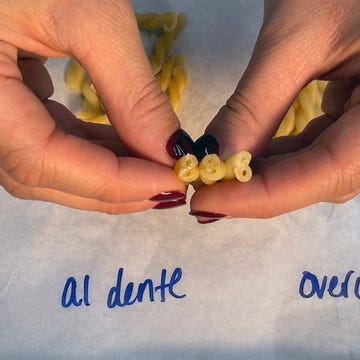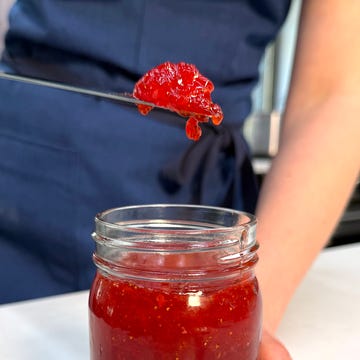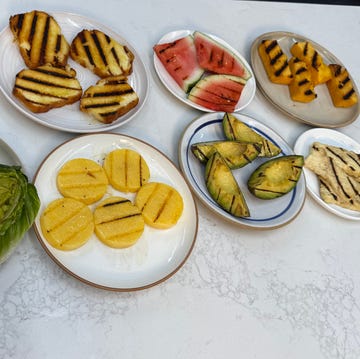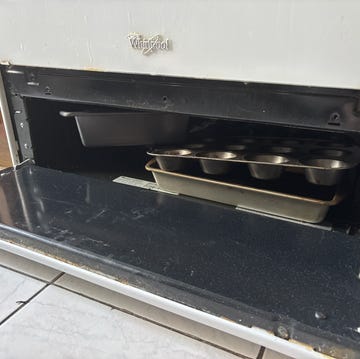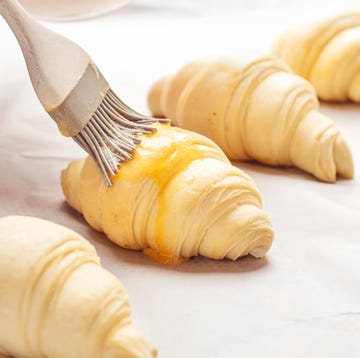Finding out that salmon has 70 naturally occurring parasites gave me pause—to say the least—especially when I learned that parasites are more common in wild-caught salmon. But it's not as bad as it sounds. Parasites are a natural part of wild salmon’s life, and they’re easily eliminated by proper cooking or freezing. They don’t necessarily pose a risk in the salmon you buy and prepare at home.
There are other good reasons to keep eating the fish, too. Salmon recipes are packed with high-quality protein, heart-healthy omega-3 fatty acids, and vitamins D and B, for starters. However, the alarming news got me thinking about the best alternatives for salmon if you want to cut back for whatever reason, or you just want to mix things up a little.
And after three years of working in seafood restaurants, I know how to navigate a fish counter. Here are my four favorite salmon alternatives—judged for flavor, texture, and, of course, cost.
Sablefish
Also known as butterfish or black cod, sablefish is my absolute favorite substitute for salmon. This fish is aptly named for its rich, buttery taste and supple texture that practically melts in your mouth. The taste and texture come from the high fat content, which also makes this an incredibly forgiving fish to cook. Though it’s best known as black cod, sablefish isn’t actually in the cod family. It’s closer in taste to Chilean sea bass (aka Patagonian toothfish), and, like Chilean sea bass, it was renamed as a marketing technique to give the fish mass appeal. This fish lends itself to a variety of cooking methods, specifically baking, broiling, pan-frying, grilling, and steaming.
Arctic Char
Arctic char is, as the name implies, a cold-water fish that’s like a cross between salmon and trout. It’s usually more expensive than farmed salmon but less expensive than wild-caught salmon, which means you could still save, depending on what kind you usually buy. This meat has a mild, slightly sweet taste and a firmer texture than Atlantic and King salmon, closer to wild-caught sockeye salmon. It is also known as Alpine Trout or Sea Trout. Char lends itself well to baking, grilling, pan frying, and poaching.
Steelhead Trout
Trout is another awesome, widely available salmon swap, coming in at about $1-2 cheaper per pound than farmed salmon. Wild-caught steelhead has a more intense salmon flavor than farmed salmon, but both have a similar texture to salmon with a medium-sized flake. The best ways to cook steelhead trout are baking, broiling, grilling, poaching, and pan-frying.
Yellowtail
Yes, you can eat yellowtail outside of sushi night. This pale pink fish with large, firm flakes is generally cheaper or the same price per pound as farm-raised salmon. It’s a little bit harder to find, but it's worth buying if you see it in the fish section at the grocery store. It can also be called amberjack, hamachi, or racing tuna. The best way to prepare this fish is by broiling, grilling, or pan-frying it.








